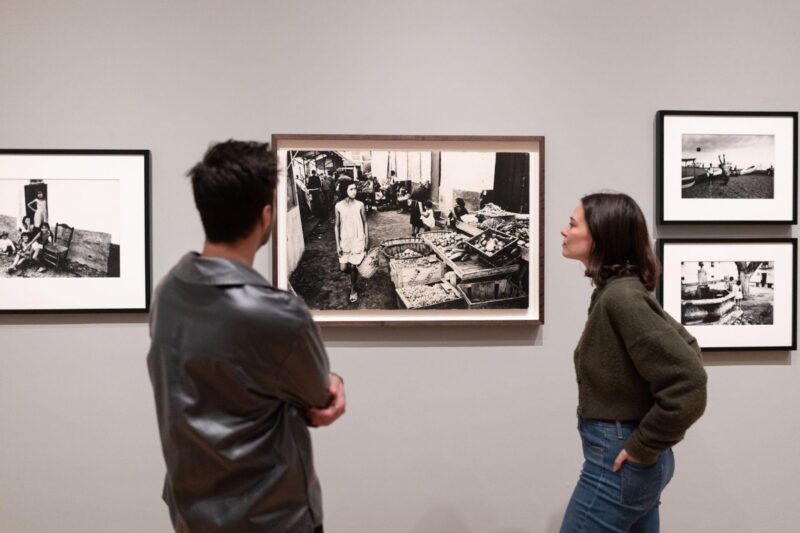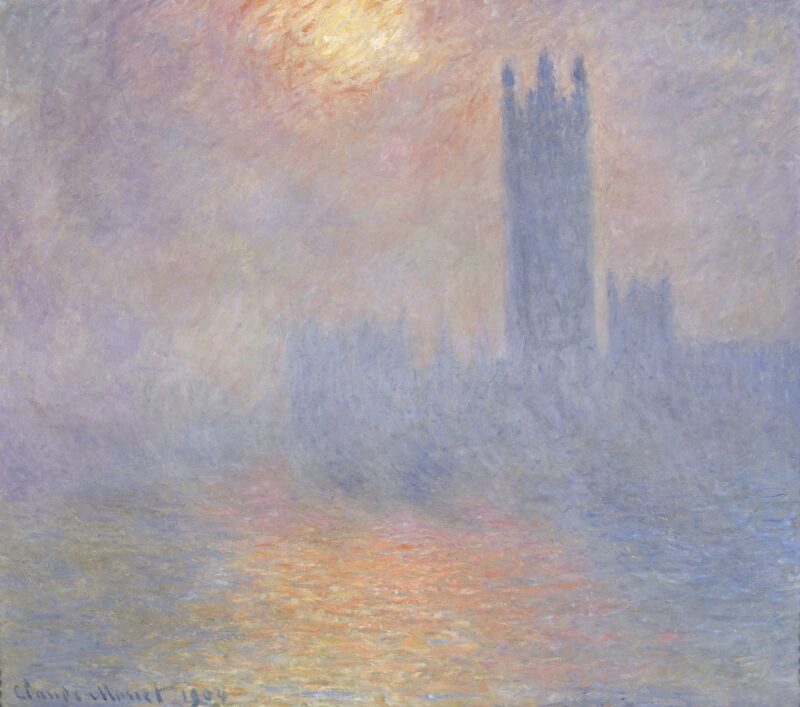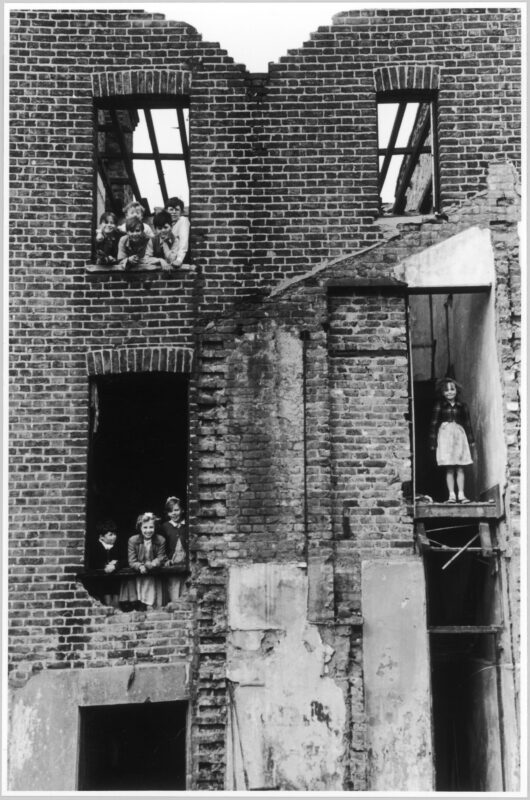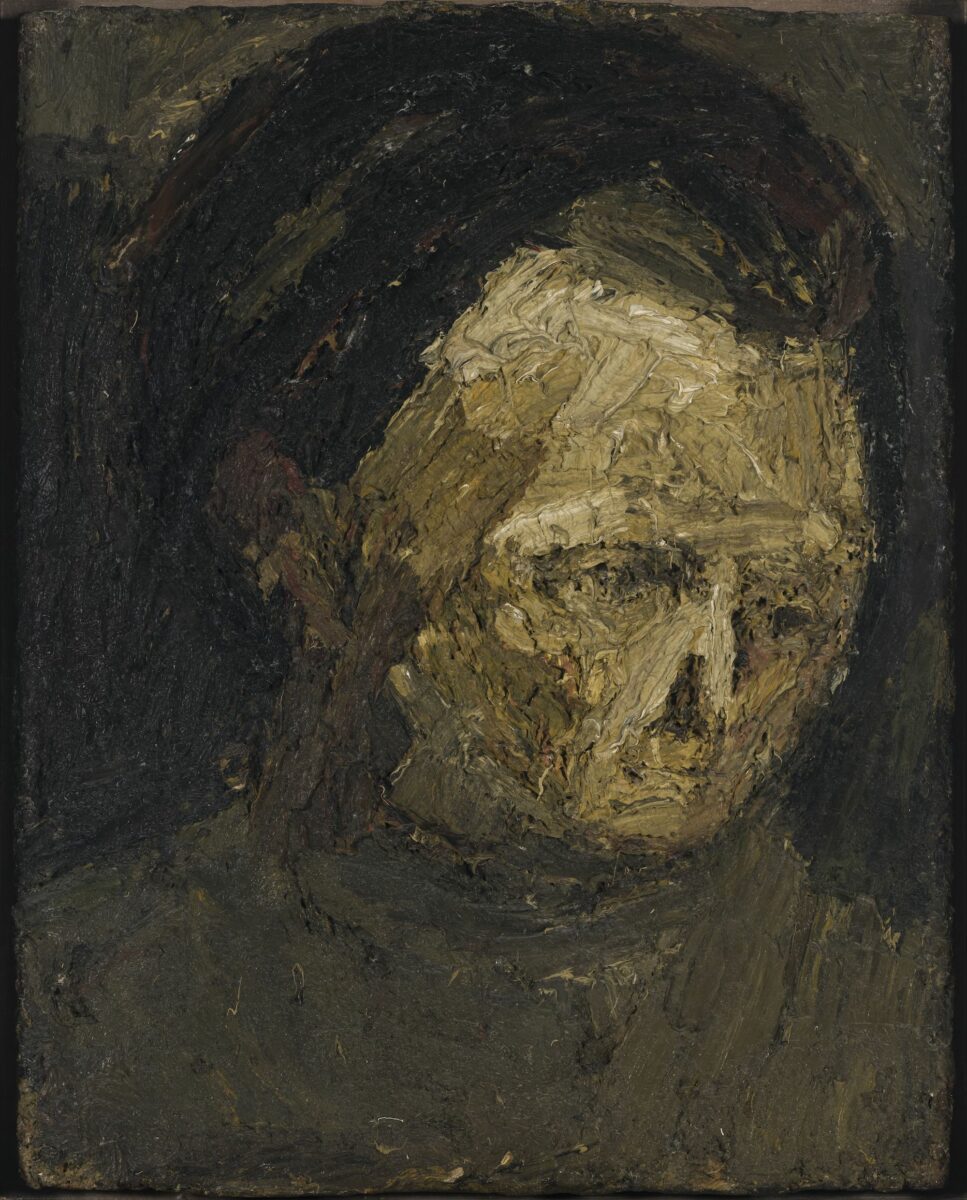
Unveiled for the first time in an exhibition at The Courtauld Gallery a group of hauntingly beautiful, large-scale portrait heads in charcoal by Frank Auerbach (b. 1931) – considered some of his early masterpieces.
Produced in the 1950s and 1960s during his early years in post-war London, this series of monumental charcoal heads reveal the significance of drawing to the development of Auerbach’s practice as he found his voice as a young artist.
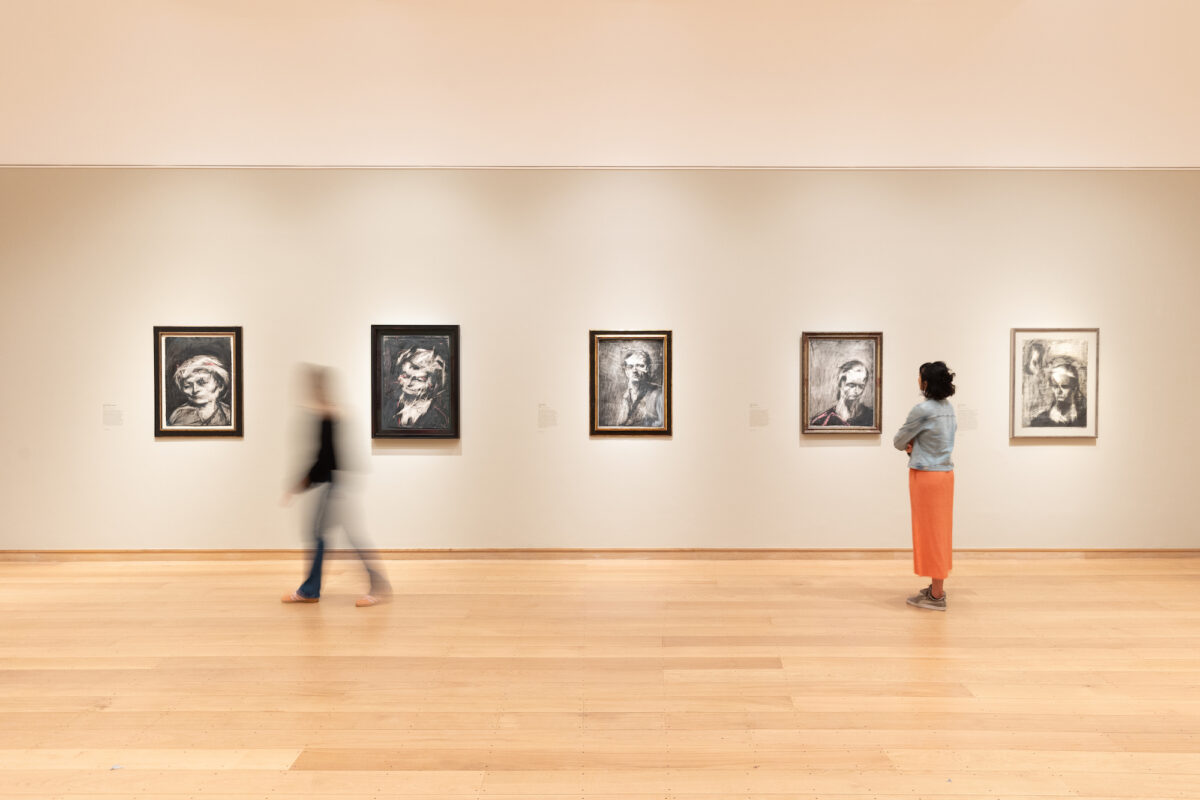

Auerbach created a new way of drawing that pushed the medium beyond conventional limits, and he considered these drawings to be of equal status to his paintings. The qualities and possibilities of charcoal allowed him to make works that offer us experiences – by turns unsettling and beautiful – of what it feels like to comprehend deeply the unique presence of another person.
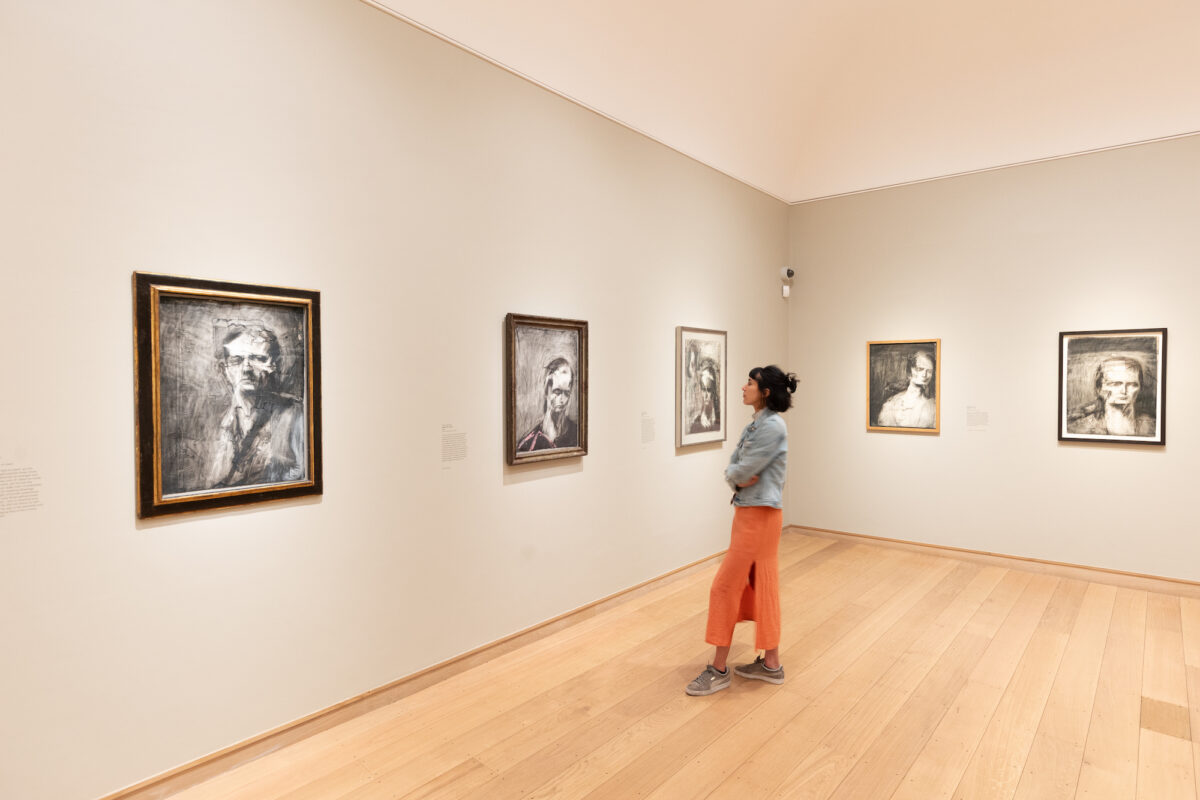
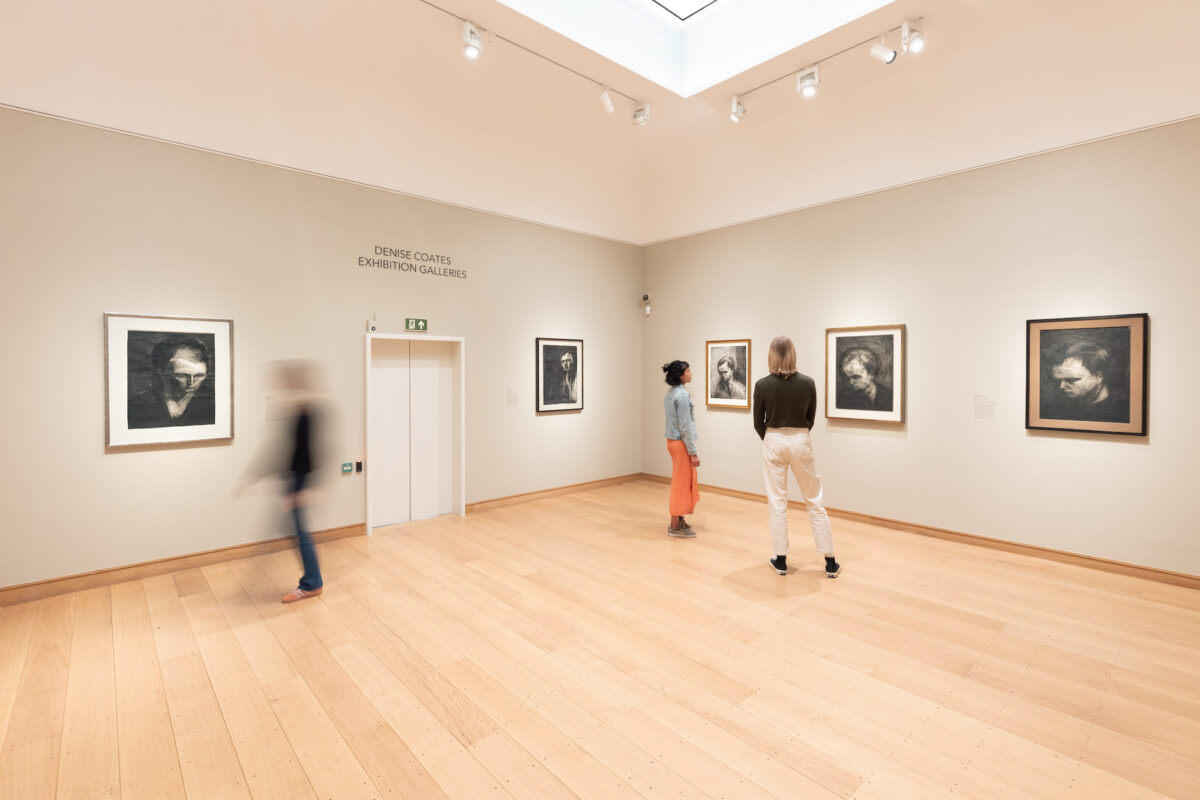
This series of charcoal heads emerged over numerous sessions with a small handful of sitters who were important people in Auerbach’s life, and who modelled for him over long periods. Auerbach spent months on each drawing, working, erasing and reworking them completely, sometimes breaking through the paper before patching it up and carrying on. The scars of this intense and vigorous process are evident in the finished portraits, which are richly textured and layered, emerging from the darkness of the charcoal as vital and alive after an embattled process of creation. The drawings connect us to the tenor of their times as lives were rebuilt, and London slowly recovered following the destruction and upending of the Second World War. The drawings express the fragility of life but also how remarkable it is to experience the vitality of a human presence.
As Auerbach later put it:
I feel there is no grander entity than the individual human being… I would like my work to stand for individual experience.
Auerbach had been sent by his German-Jewish parents from Berlin to school in England in 1939 for his safety when he was seven years old. His parents were killed in the Holocaust and after he left school Auerbach came to London in 1947 aged sixteen and enrolled at art school. The life drawing classes he took, led by the pioneering artist David Bomberg at the Borough Polytechnic Institute, had a formative influence on his commitment to drawing as a fundamental aspect of his practice. This, and his friendship with fellow art student Leon Kossoff, emboldened Auerbach to make the large charcoal heads as works that had equivalent status and impact as his paintings.
He began making a group of these drawings in 1956 of Stella West, with whom he had a long and intense relationship. West sat for him in her bedroom with Auerbach kneeling on the floor, his drawing board propped on an old chair, working long into the night. He also made a group of portrait heads of Leon Kossoff at this time. In the late 1950s he embarked on two self-portraits and made a group of remarkable drawings of a few other people he knew well, including his older cousin Gerda Boehm and Julia Wolstenholme, whom he married in 1958. These works, each produced over many months and always reworked from top to bottom at each session with the sitter until he deemed them finished, combine deep and considered scrutiny with liveliness and spontaneity. Above all, the enduring presence of the sitter is paramount.
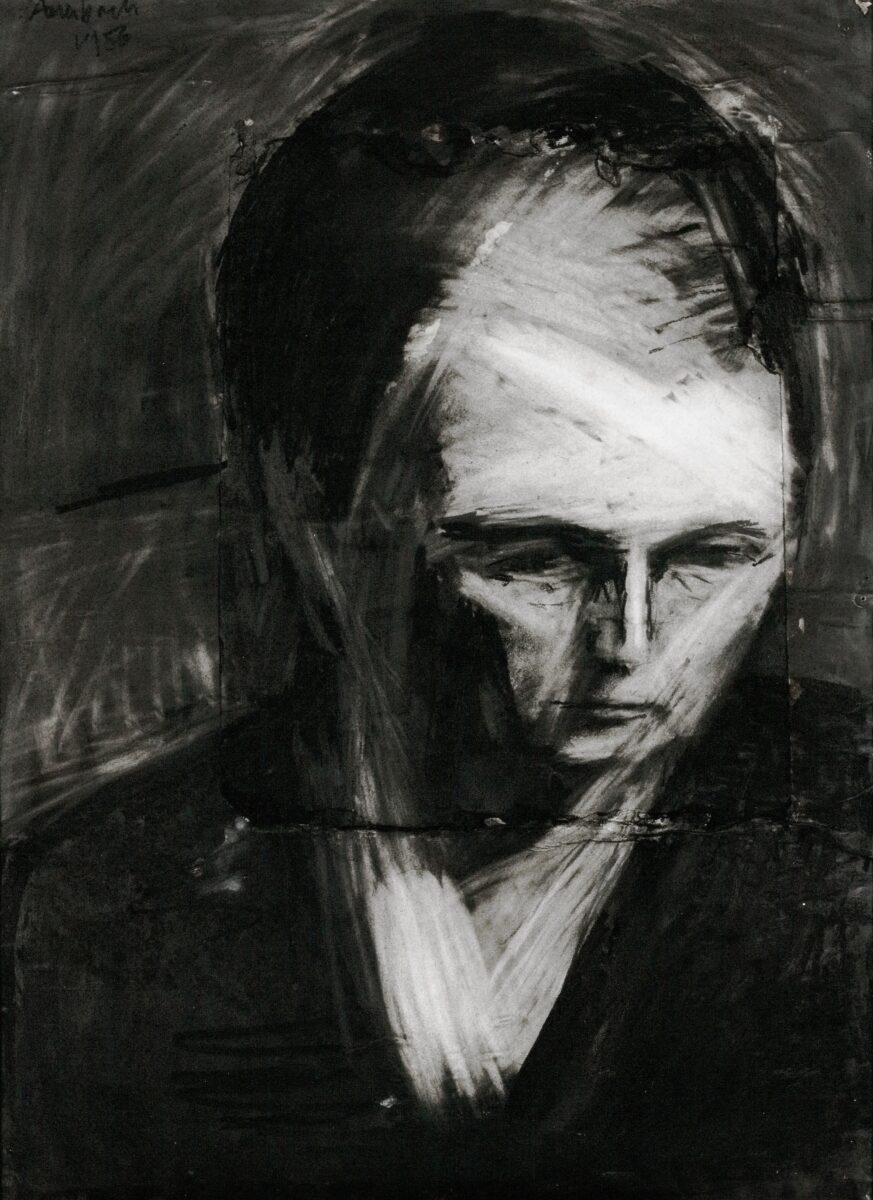
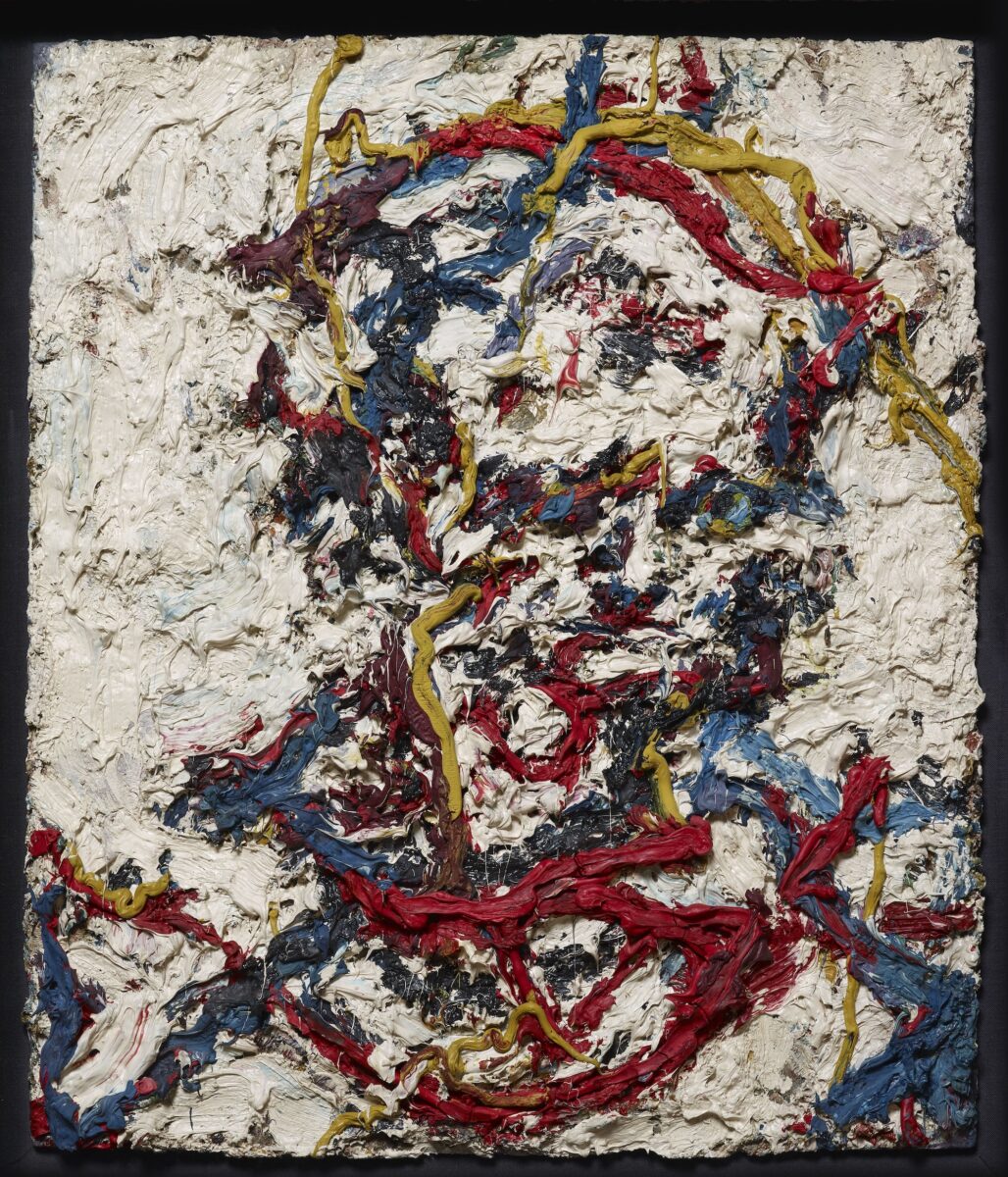
The exhibition at The Courtauld brings together seventeen of these major drawings, showing them alongside a selection of six paintings Auerbach made of the same sitters.
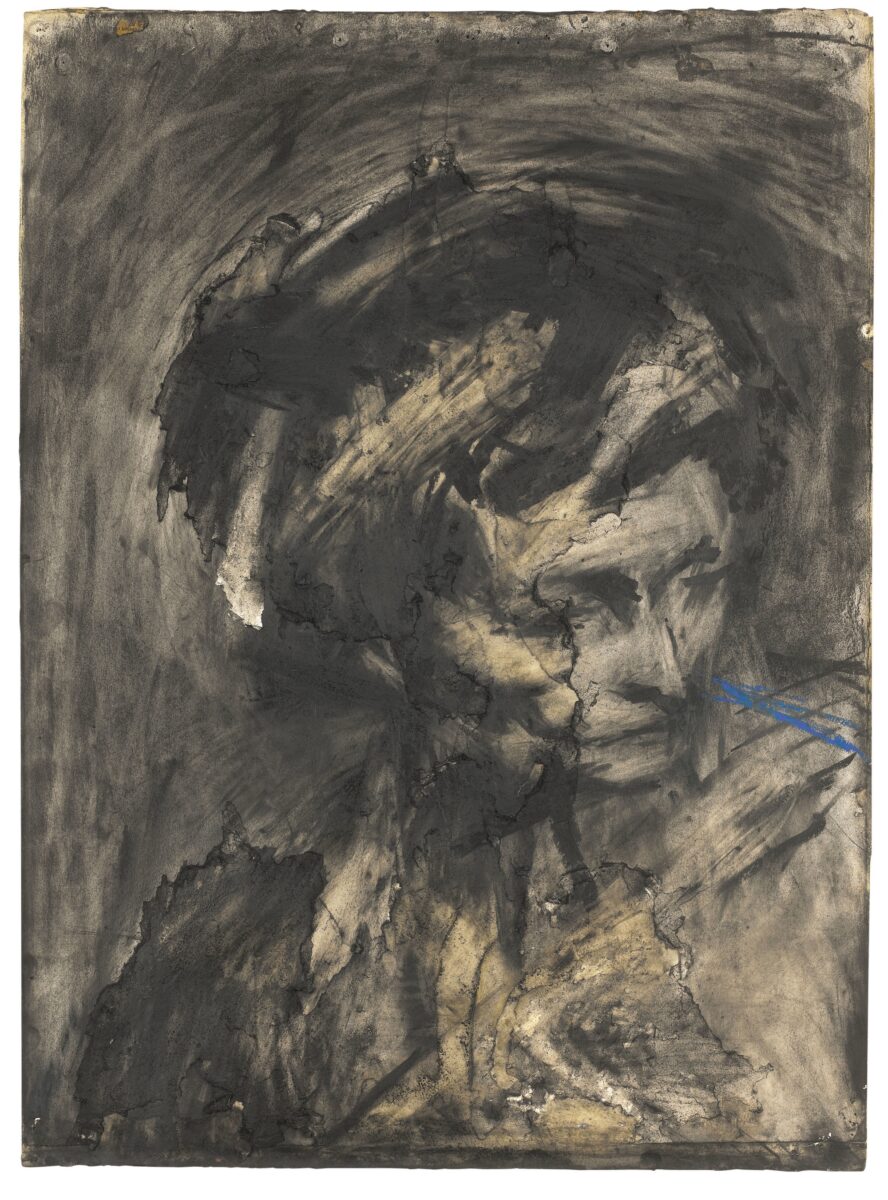

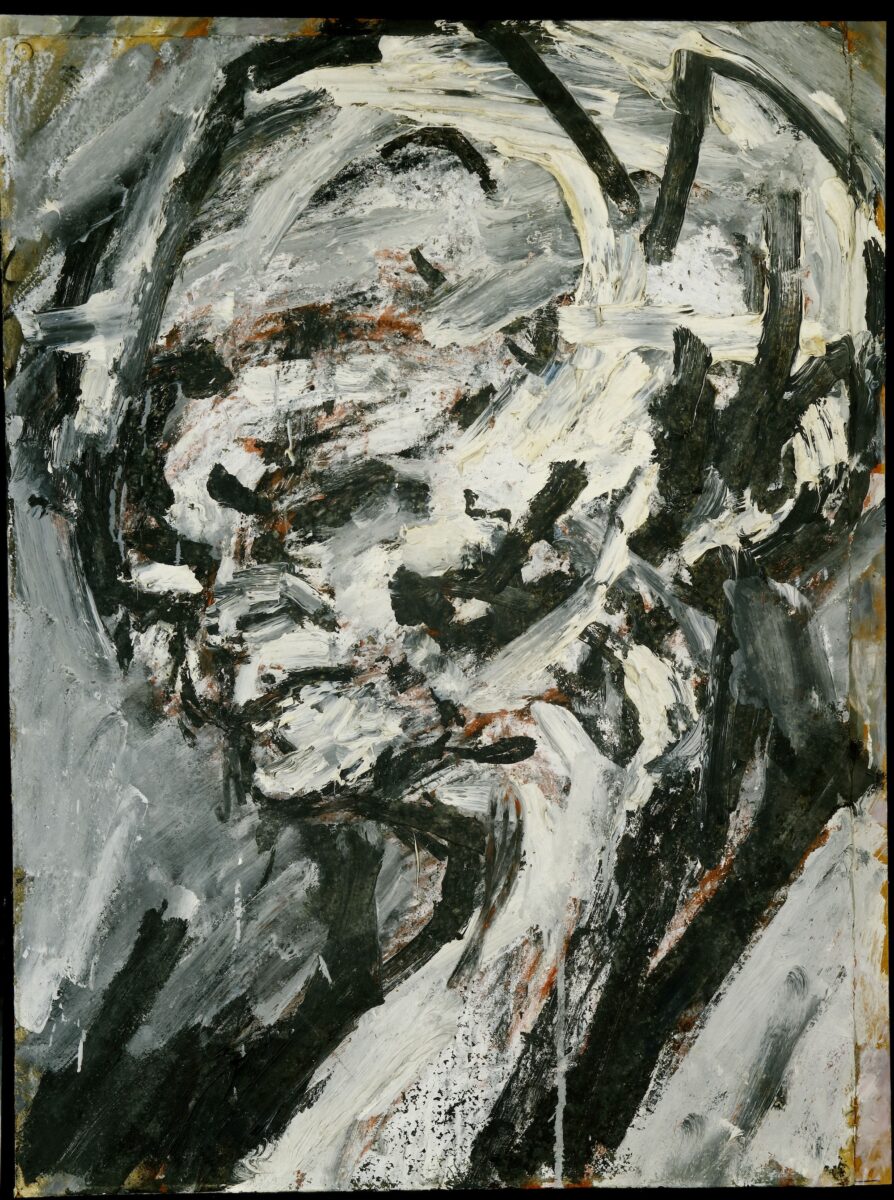
The exhibition at The Courtauld is the first time such a substantial group of the post-war charcoal heads have been brought together, drawn from public and private collections, including works that have rarely been exhibited before.
Auerbach considered his painted and charcoal portraits as entwined, and he worked on them alternately with the same intensity over similar extended periods. The choice of paintings in this exhibition demonstrates the interplay between them and his drawings. Such was the importance of the charcoal heads to Auerbach that his second solo-exhibition at the Beaux Arts gallery in London in 1957 was dedicated to a group of these works and he also included them alongside his paintings in subsequent shows.
Many of these works were made in Auerbach’s studio in Mornington Crescent, London, which he took on in 1954 and where he still works to this day. Throughout his long career, Auerbach has continued to make paintings and large standalone drawings of a small group of people who have sat for him over many years. His remarkable post-war charcoal heads established Auerbach’s way of working and his fascination with the human form that has endured for more than seventy years.
The exhibition is curated by Barnaby Wright, Deputy Head of the Courtauld Gallery, and is accompanied by a catalogue, the result of new research and conversations with the artist, including an essay by Colm Tóibín. The catalogue is available to buy at The Courtauld Shop.
Frank Auerbach. The Charcoal Heads, 9th February – 27th May 2024, The Courtauld
The Courtauld Lates 9th February 2024; 24 May 2024 The Courtauld Gallery will be open for late-night access until 22:30 on the first and last Friday of the exhibition as part of its Courtauld Lates series – giving visitors the chance to enjoy an evening of world-class art, cocktails and music surrounded by The Courtauld’s collection of masterpieces at Somerset House. Book Now
Exhibition catalogue: The catalogue to accompany the exhibition is available to purchase from The Courtauld Shop, located on the Lower Ground floor of the Gallery, and ONLINE
About the artist
Frank Helmut Auerbach (born 29 April 1931) is a German-British painter. Born in Germany, he has been a naturalised British subject since 1947. He is considered one of the leading names in the School of London, with fellow artists Francis Bacon and Lucian Freud.
Auerbach was born in Berlin, the son of Max Auerbach, a patent lawyer, and Charlotte Nora Borchardt, who had trained as an artist. Under the influence of the British writer Iris Origo, his parents sent him to Britain in 1939 under the Kindertransport scheme (although he has stated it was by private arrangement), which brought almost 10,000 mainly Jewish children to Britain to escape from Nazi persecution.Aged seven, Auerbach left Germany via Hamburg on 4 April 1939 and arrived at Southampton on 7 April. His parents stayed behind in Germany, and were killed in the Auschwitz concentration camp in 1942.
In Britain, Auerbach became a pupil at Bunce Court School, near Faversham in Kent, where he excelled in not only art but also drama classes. Indeed, he almost became an actor, even taking a small role in Peter Ustinov’s play House of Regrets at the Unity Theatre in St Pancras, at the age of 17. But his interest in art proved a stronger draw and he began studying in London, first at St Martin’s School of Art from 1948 to 1952, and at the Royal College of Art from 1952 to 1955. Yet, perhaps the clearest influence on his art training came from a series of additional art classes he took at London’s Borough Polytechnic, where he and fellow St Martin’s student Leon Kossoff were taught by David Bomberg from 1947 until 1953.
From 1955, he began teaching in secondary schools, but quickly moved into the visiting tutor circuit at numerous art schools, including Bromley, Sidcup and the Slade School. In particular, he taught one day a week from 1958 to 1965 at Camberwell School of Art. He was the teacher, influence and sponsor of many artists, including Tom Philips, Jenny Saville, Cecily Brown, Peter Saunders and Ray Atkins. For instance, he wrote to Andrew Forge, senior lecturer at the Slade to say that there were some remarkable students that he might consider, particularly Ray Atkins and Jo Keys, obtaining a place for them there.
Auerbach’s first solo exhibition was at the Beaux Arts Gallery in London in 1956, followed by further solo shows at the Beaux Arts Gallery in 1959, 1961, 1962 and 1963, and then at Marlborough Fine Art in London at regular intervals after 1965; at Marlborough Gallery, New York, in 1969, 1982, 1994, 1998 and 2006; and at Marlborough Graphics in 1990. Continued over on Wikipedia




